The Pitfalls of Cloning Autoflowering Cannabis
Autoflowering cannabis strains have gained immense popularity among cultivators for their rapid growth, low-maintenance requirements, and ability to flower independently of light cycles. However, the practice of cloning autoflowering plants has stirred debates within the cannabis cultivation community. While cloning is a common technique used in traditional photoperiod cannabis varieties, its application to autoflowers is not without its challenges and drawbacks. In this comprehensive analysis, we will explore the reasons why cutting clones from autoflowering cannabis may not be the optimal choice for growers.
Genetic Stability and Variation
One of the primary reasons against cloning autoflowering cannabis is the potential loss of genetic stability. Autoflowering strains are hybrids with a mix of Ruderalis, Indica, and Sativa genetics, and they have been meticulously bred to exhibit specific traits, such as rapid flowering and compact size. Cloning involves taking cuttings from a mother plant and propagating them, but this process can introduce genetic instability and variation.
Unlike photoperiod strains, where clones maintain the same age and flowering time as the mother plant, autoflowering clones may exhibit unpredictable growth patterns and flowering times. This genetic variation can lead to inconsistent yields and quality, which is counterproductive for growers seeking reliability in their harvests.
Limited Vegetative Stage
Autoflowering cannabis has a predefined life cycle that includes a short vegetative stage. This limited period of vegetative growth is a key characteristic of autoflowers, enabling them to transition to the flowering stage much faster than photoperiod varieties. Cloning from autoflowers reduces the already brief vegetative phase, potentially compromising the overall size and yield of the plants.
Clones taken from autoflowers may struggle to develop a robust root system and canopy, as they miss out on the extended vegetative growth that promotes structural integrity. This limitation makes it challenging for the clones to reach their full potential, resulting in smaller plants with reduced bud production.
Unpredictable Growth Patterns
Autoflowering cannabis is known for its ability to flower based on age rather than light cycles. This characteristic can be advantageous for outdoor growers, allowing them to cultivate crops regardless of daylight variations. However, when cloning autoflowers, the inherent unpredictability of growth patterns becomes a significant concern.
Clones taken from autoflowers may not adhere to the same flowering timeline as the mother plant. Some clones might enter the flowering stage too early or too late, leading to an uneven and staggered harvest. This lack of synchronization can be a logistical challenge for growers aiming for a consistent and well-timed harvest.
Reduced Vigor and Yield Potential
Autoflowering cannabis strains are prized for their vigor and resilience, traits that contribute to their ability to thrive in diverse environments. Cloning, however, can compromise the inherent vigor of autoflowers. The stress induced by the cloning process, including the cutting of roots and disturbance of the plant’s natural growth, can lead to reduced overall health and vitality.
Weakening the vigor of autoflowering clones can result in lower yields and diminished cannabinoid and terpene profiles. Growers seeking optimal results from autoflowering strains may find that starting from seeds or utilizing other propagation methods better preserves the plant’s natural robustness.
Challenges in Rooting and Transplanting
Autoflowering cannabis clones face unique challenges during the rooting and transplanting phases. The rapid transition from cloning to flowering can make it difficult for the plants to establish a strong and healthy root system. This struggle with rooting and transplanting can result in stunted growth and poor nutrient uptake, further compromising the overall health and yield potential of the plants.
Additionally, autoflowering clones may be more sensitive to environmental stressors during these critical stages, making them more prone to transplant shock. This heightened sensitivity underscores the importance of carefully managing the cloning and transplanting processes to maximize success.
While cloning is a common and effective practice in cannabis cultivation, it may not be the most suitable approach for autoflowering strains. The unique characteristics of autoflowers, such as their limited vegetative stage, genetic stability, and rapid growth, present challenges that can be exacerbated by the cloning process. Growers interested in cultivating autoflowers may find that starting from seeds or exploring alternative propagation methods better aligns with the specific needs of these unique cannabis varieties.
Pitfalls of Cloning Autoflowering
Ultimately, understanding the intricacies of autoflowering cannabis and choosing cultivation methods that complement their natural growth patterns can lead to more successful and rewarding harvests. As the cannabis industry continues to evolve, further research and experimentation will likely provide additional insights into the best practices for cultivating autoflowering strains.



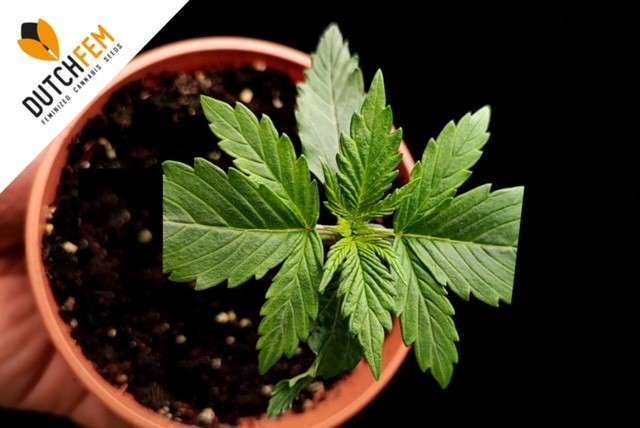
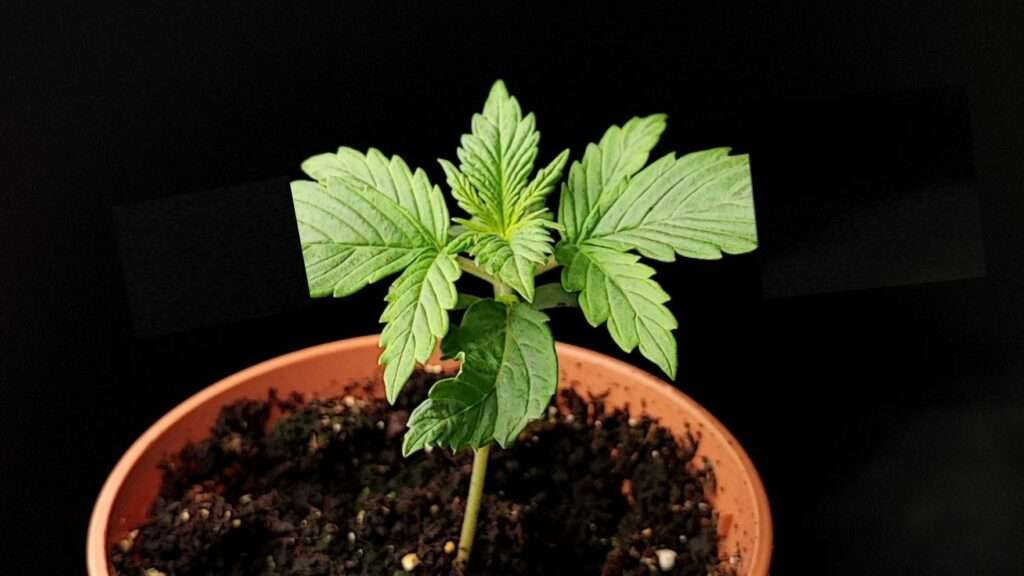
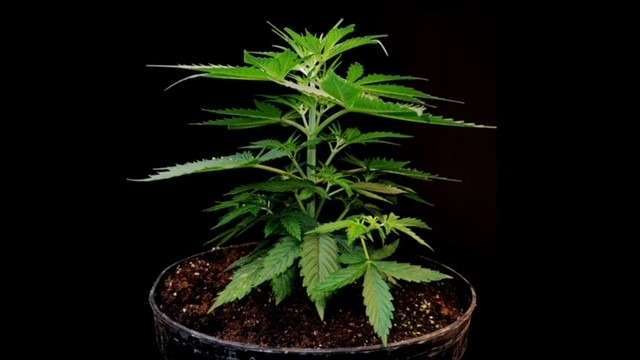
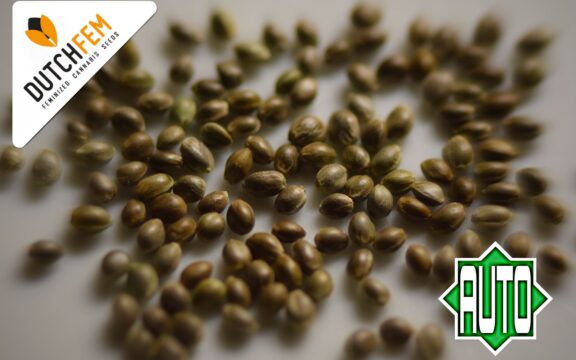










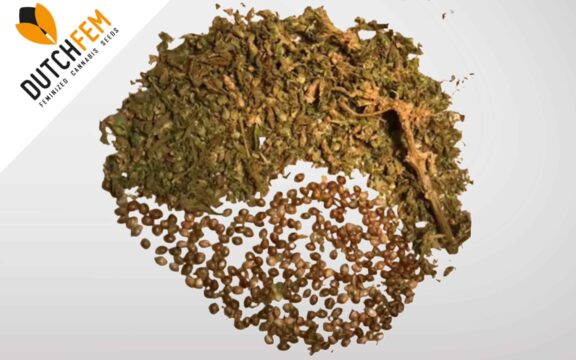







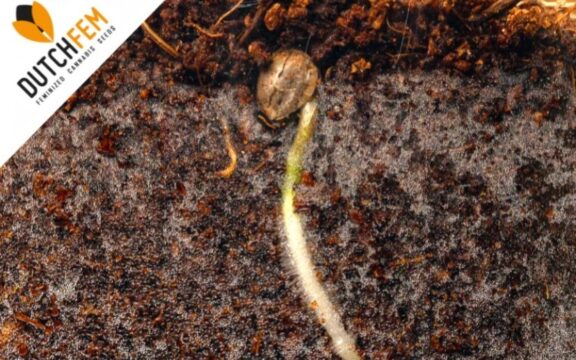








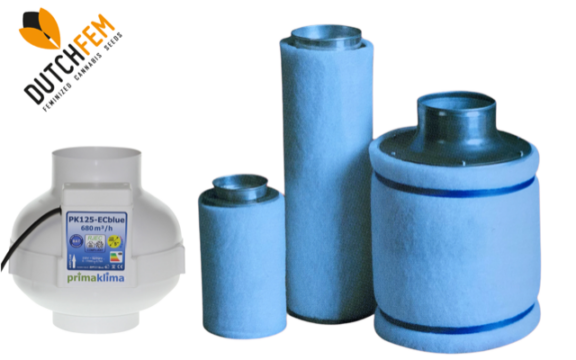






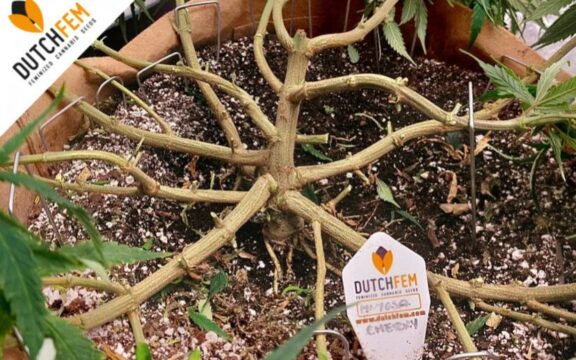



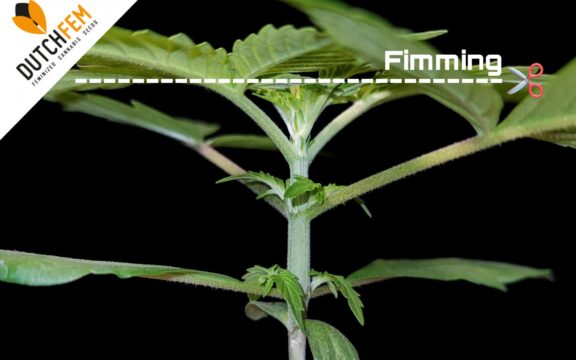




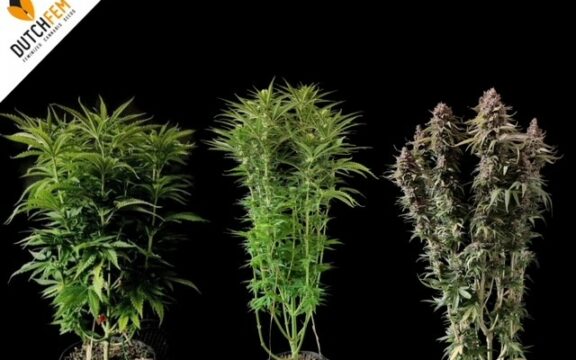





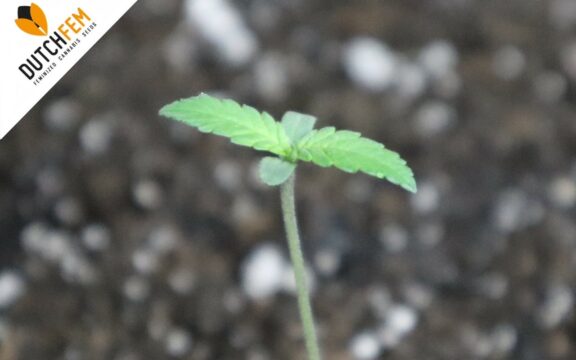

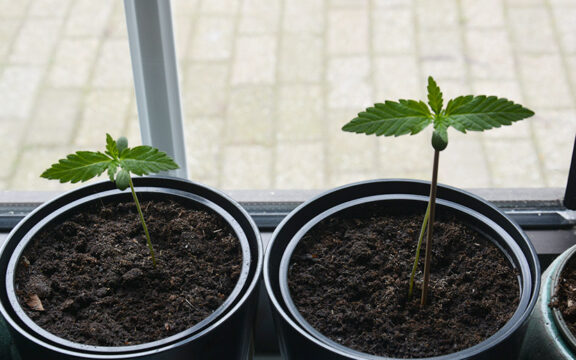
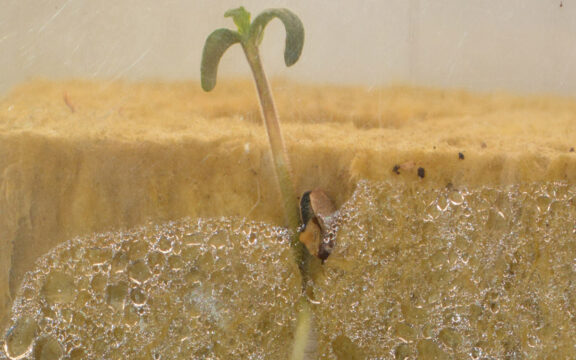




You must be logged in to post a comment.